Say the name Roland Gumpert and many will think back to the Apollo, a hardcore road-legal racer that, back in 2009, claimed the new production lap record at the Nürburgring. But much has changed since then.
Roland himself is an industry veteran who went from running Audi’s rally programme in the 1980s to becoming the overall director of Audi Sport. in the mid-2000s, he left to found his own brand. Several years of success gradually turned to hard times, leading to the company going under in 2014 and then, under new ownership, part ways with Gumpert himself altogether in 2016.
Not long after that, Gumpert got together with another former Volkswagen Group employee, Fu Qiang, with whom he’d worked closely during his time on Audi’s Chinese joint venture board in the 1990s. Fu, now president of newly formed Chinese mobility and technology start-up Aiways, asked Gumpert to join the company as chief product officer. His first job was to produce an electric ‘super-sports’ car, to be produced for road use in small numbers but also able to meet FIA racing regulations.
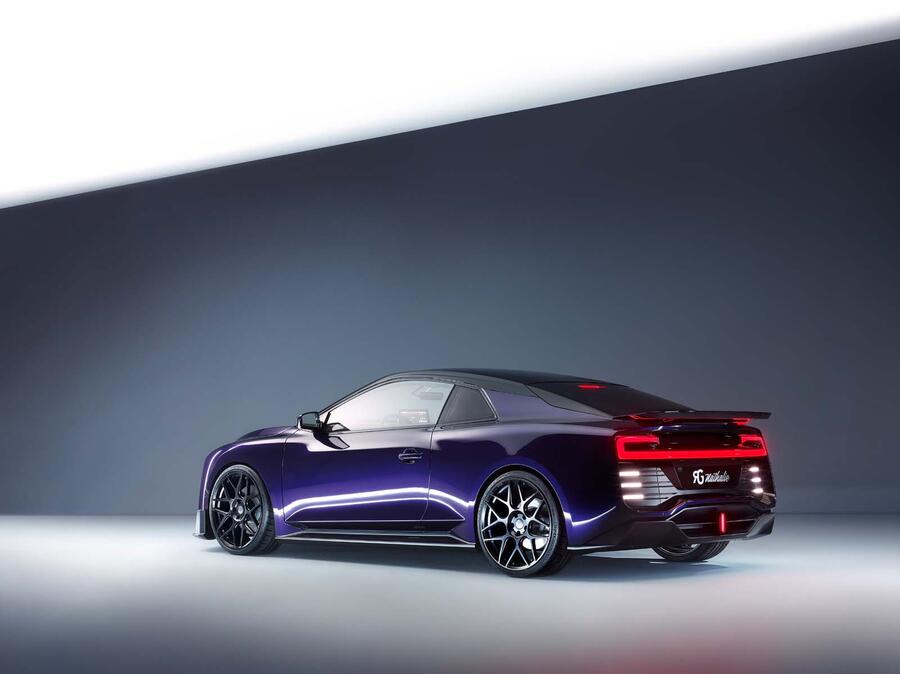
A year and a half later, we’re at the Nürburgring looking at a working prototype of that very car. As development times go in this business, that’s pretty short. And it’s particularly impressive given the technology underneath.
The RG Nathalie, named after Gumpert’s daughter, joins the ever-swelling ranks of electric supercars from Chinese start-ups. Aiways perhaps stretches the definition of a start-up, with more than £1.3bn of starting capital, but, as is usually the case, its ambitions are strong. It’s already built a factory in China with the capacity to produce 150,000 cars a year, and development of the RG Nathalie was done alongside its first mass-market offering: the U5 Ion electric SUV.
RG Nathalie: the technical details
The RG Nathalie is more relevant than some other electric supercars from the Far East, not least because Aiways plans on building several hundred, rather than a handful, with a price of around €400,000 targeted. But also because of its clever powertrain.
Propulsion is taken care of by four Bosch electric motors, two mounted on each axle, each providing a peak power output of 137bhp and 170lb ft of torque. The combined system output is estimated at about 430bhp, but a substantial (as yet unquoted) amount of total torque translates to a 0-62mph time of 2.5sec.
The RG Nathalie uses a two-speed gearbox, shifting out of its acceleration gear and into a longer-range gear at 100mph. A top speed of up to 190mph is claimed but as yet unverified. These numbers come as no surprise for anyone who’s read about the glut of electric hypercars in the works, but the RG Nathalie has another trick up its sleeve.
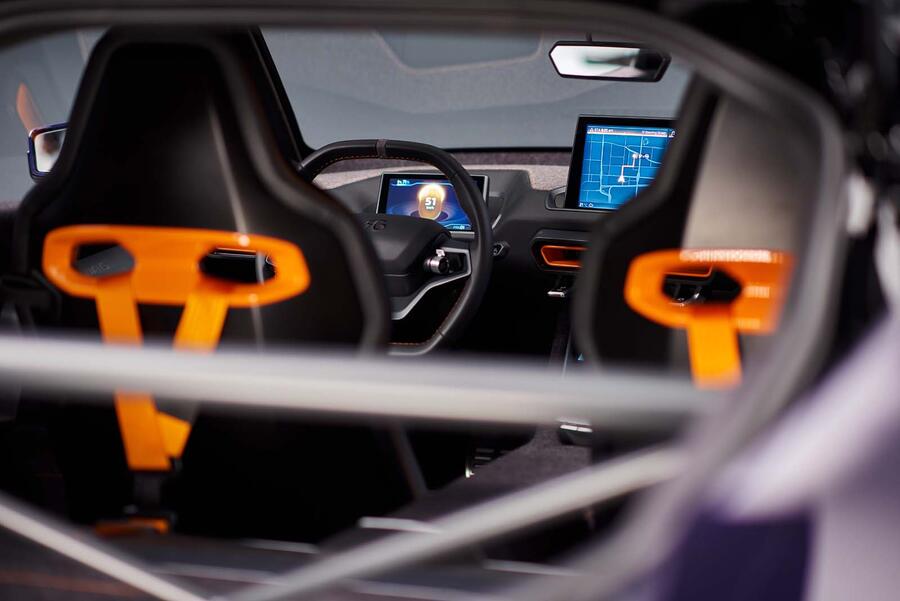
You see, it has a fuel cell stack under its bonnet. And Gumpert isn’t following the masses by using ‘unbound’ hydrogen to power it. Instead, the cell, developed by Danish firm Serenergy, is powered by a mix of water and alcohol - methanol, to be specific.
It uses what’s called a high-temperature proton exchange membrane to obtain hydrogen from methanol using a catalytic reaction. Often, excess hydrogen is wasted as a result, but this cell uses that energy to keep the catalytic reaction going, resulting in a higher electrical efficiency than regular hydrogen cells.
There are a number of benefits to using methanol instead of pure hydrogen. Firstly, it’s far easier to store, because it’s less volatile, meaning it could become part of our infrastructure more easily. It also doesn’t need high pressures to operate in a fuel cell. The downside is that the fuel cell is generally less powerful and produces CO2. Engineers estimate that if the methanol is produced using fossil fuels (as it often is now), that equates to roughly 30g/km of CO2 emission for the RG Nathalie.
The result is that the fuel cell in this prototype puts out around 5kW per hour. That’s fine on a regular use basis, because the cell can run to top up the battery even when the car is switched off. But it does mean longer distances will still require plug-in charging. The manufacturer claims about 530 miles of range at 50mph but considerably less if you use all of the car’s performance.
RG Nathalie : first passenger ride

The initial expectation was that we would be riding shotgun in a prototype RG Nathalie at maximum attack around the Nordschleife. Unfortunately, this was not to be.
It seems those in charge of the event had underestimated the battery drain of throwing dozens of journalists around the world’s longest racetrack all morning. As a result, by the time we got in the passenger seat, our run was cut short to only a couple of miles at a reduced pace. Nevertheless, it was enough for us to get a little taste of what the production car will feel like.
Sliding into the comfortable leather sports seat within a surprisingly spacious interior, I glanced back expecting to see a pair of small rear seats. Instead, there is some structural bracing and a large boot. It seems the battery pack and powertrain gubbins robs the RG Nathalie of the space necessary for rear footwells.
Still, it's a pleasant, if not quite finished, place to sit. It’s dominated by three displays – one behind the steering wheel takes care of the instruments, a small one at the bottom of the centre console displays the climate settings and a large central one dealing with everything else sits atop the dashboard, in the driver’s eyeline.
Four toggle switches jut out of the centre console, acting as the gear selectors. A quick push of 'D' engages the driveline with a profound clunk; this is still very much a car in development, with full production models not due until the end of next year.
Bar a fairly loud whirr from the motor was we move off, it feels like any other electric car. It’s also still pretty brisk, given that it was at less than half throttle, according to our driver. We reach a peak of about 70mph, but that’s enough to prove that the car does indeed work.
What's more remarkable than the powertrain is the four-wheel drive system. The RG Nathalie’s torque vectoring system sustains huge levels of lateral grip, meaning we suspect you’d be far more likely to chicken out than to explore the limits of the car.
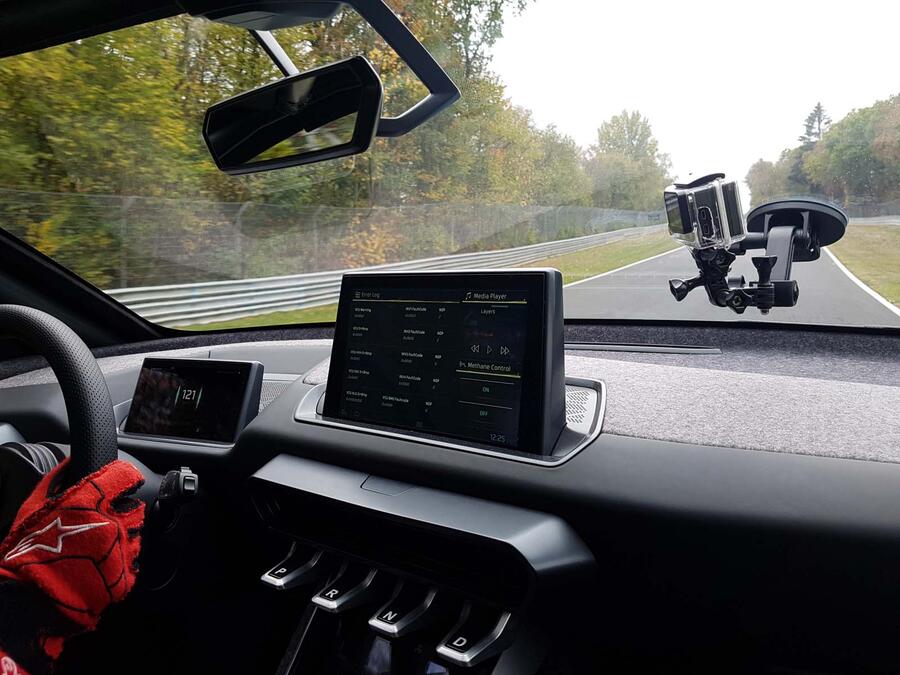
We also got a brief ride in an earlier development car that had been deliberately run down to an empty battery. In the two minutes that the car was parked between test runs, the fuel cell provided enough energy for the battery to power the car for about a mile. It then turned back and was powered by the trickle from the fuel cell on the return leg. It hit a heady 30mph uphill, but we’re told 40-50mph is possible on a flat run.
It’s difficult to return conclusions based on such a brief experience. What’s clear is that there’s still work to be done, both to improve the performance of the methanol cell (engineers tell us a 10kW cell is in development) and to give the car the exterior finish and interior quality expected of a six-figure model. But there’s clearly some serious untapped potential, and we look forward to seeing the finished product next year.
Q&A with Alexander Klose, overseas executive vice president of Aiways Automotive
How will the Roland Gumpert brand fit in with the future ambitions of Aiways?
"Gumpert will be about small-volume developments. It will be forward-thinking in developing cars with innovative technology or powertrains that will filter down to our mass vehicle production. For example, the fuel cell in the form we have here is way too expensive for mass production. But this car will allow us to showcase it until the price is right."
Is this a car targeted at Chinese tastes or a proper global product?
"The first market is Europe, and that’s the first market to give it homologation. It’s designed for western tastes as much as it is for Chinese tastes. Even right-hand drive is not that difficult; it will not be too hard to change the steering wheel to the other side. What there is in China, though, is less of a stigma or issue about the range of the car. In Europe, they think they need more range than they actually do."
What other models do you have in the product plan?
We have shown the U5 Ion and RG Nathalie so far. With the U5, we will have smaller and larger versions of that car and more. We want to launch at least one new electric car every year from 2020. For the RG Nathalie, we have a whole range of thoughts of what we want to do with that in future."
Have you learned from other brands team members have worked with, or is this a clean sheet?
“It's not a clean sheet, that’s for sure. If you look at our manufacturing facility, it’s very much based on the experience our people have with other brands. We have people from a Volkswagen background and [people from] a General Motors background. The beauty of it is that when we build a new plant, we can improve the systems that everybody else already has. “
Are start-ups in a better position to innovate in the EV market?
“Not necessarily. Those traditional brands sell so many cars that they have the money to innovate. But at the same time, you have the impression that they're working more on protecting existing powertrains and technology rather than trying something new. We have a disadvantage because we're smaller, but we’re completely liberated from all this legacy of petrol and diesel cars. We go in one direction and follow the market trend."



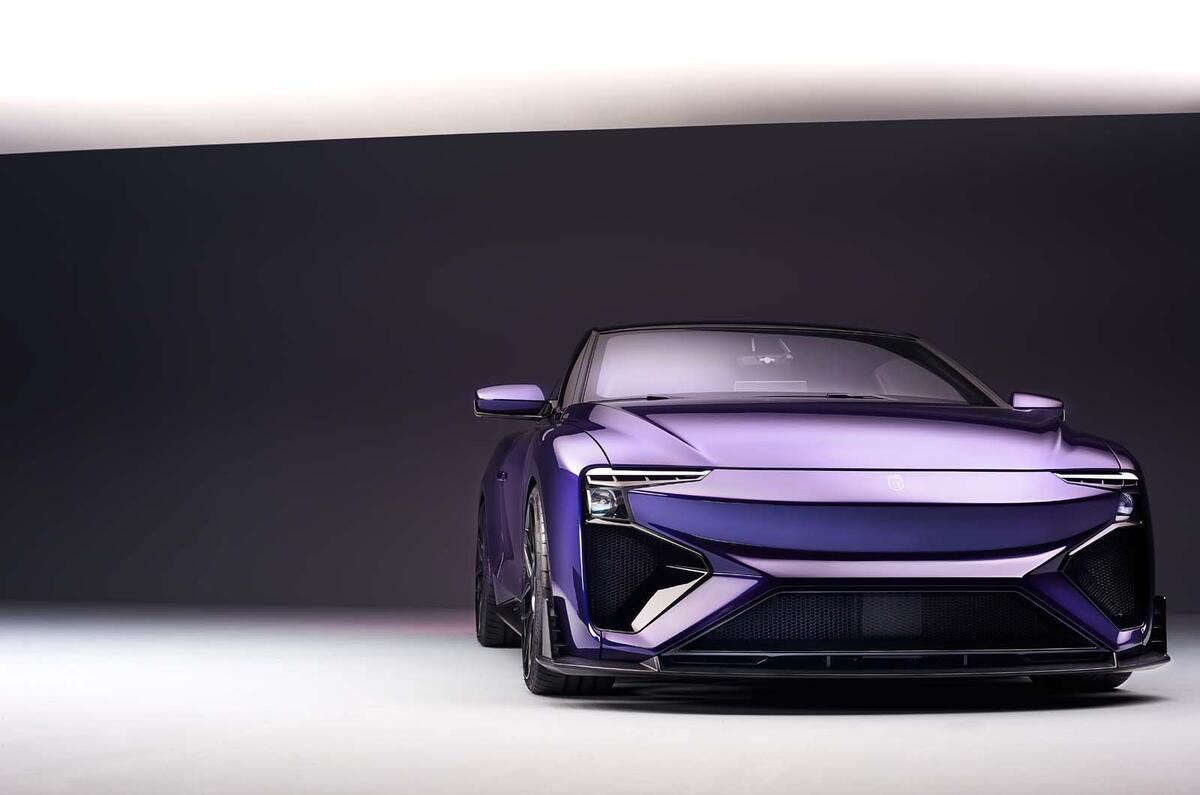
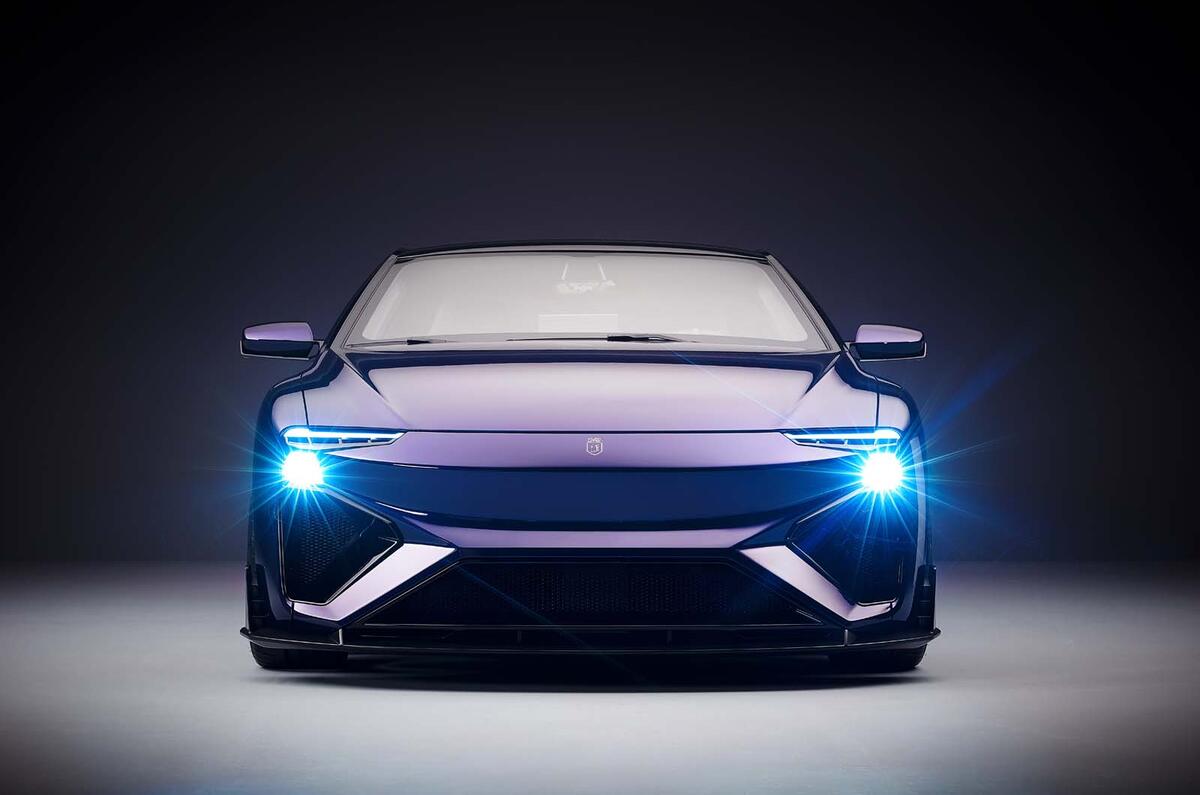
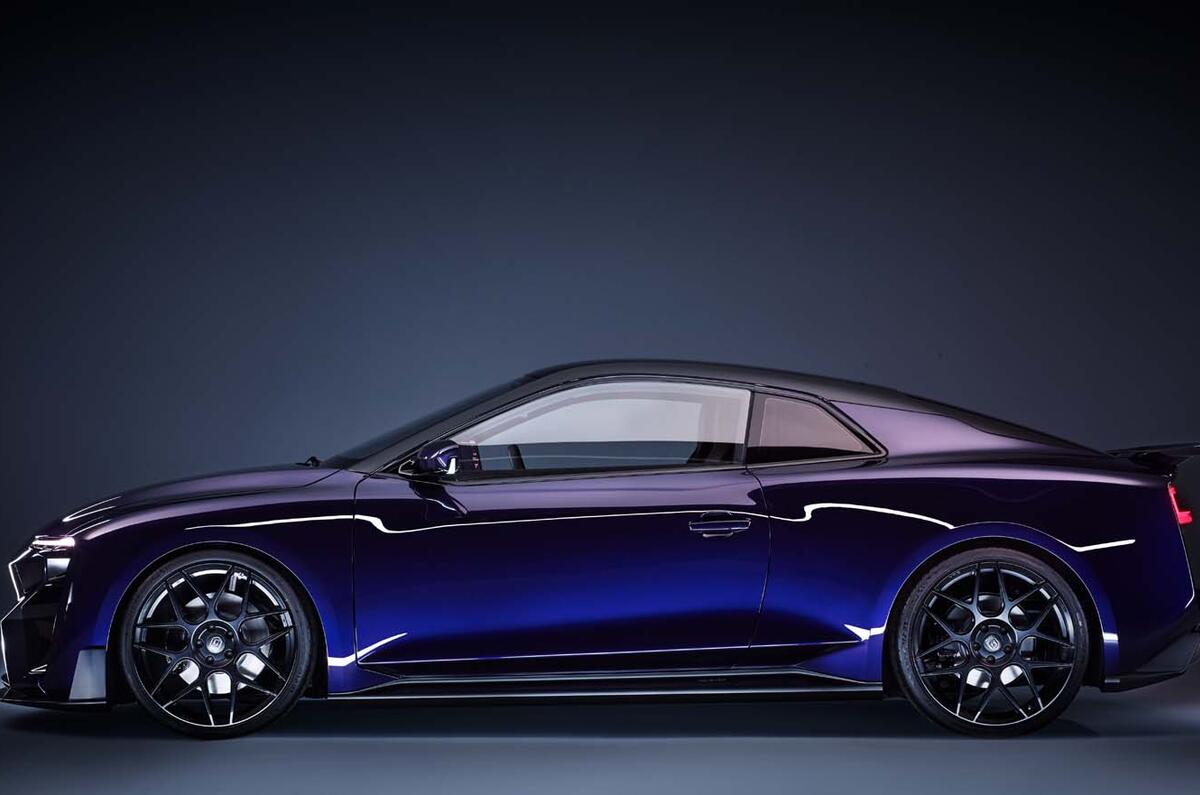
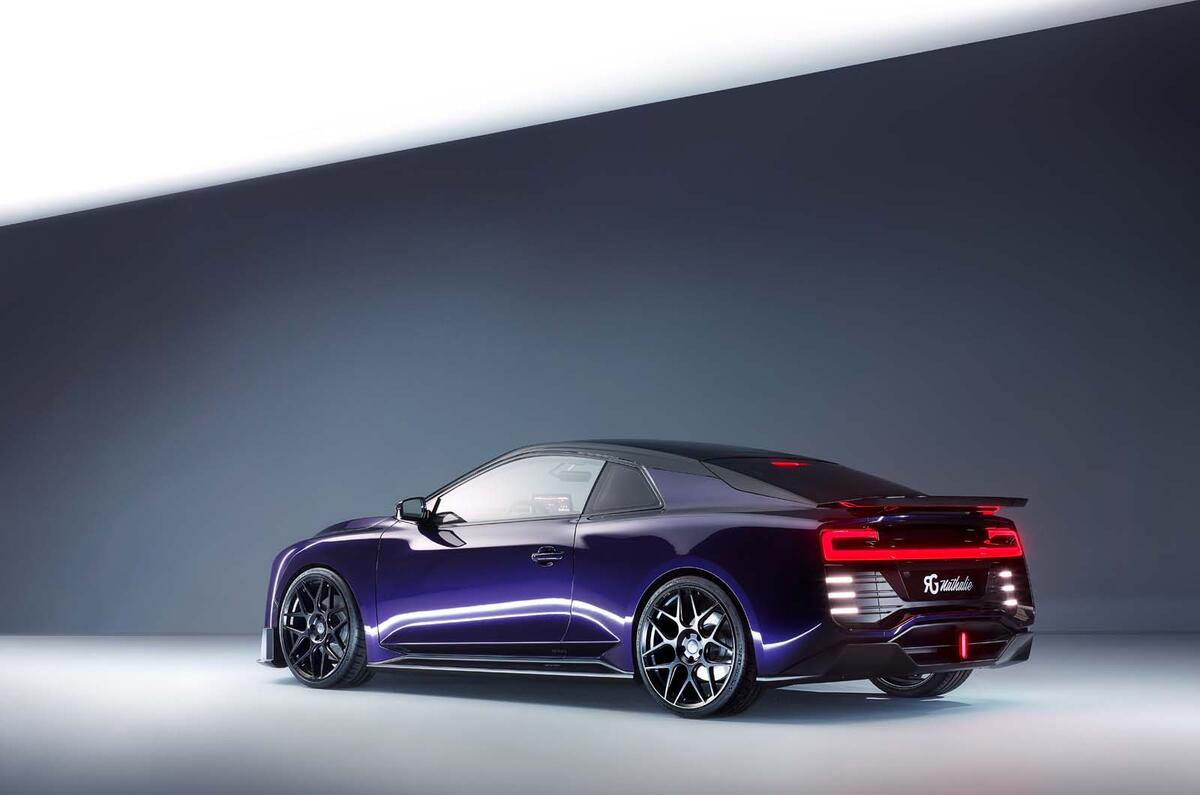

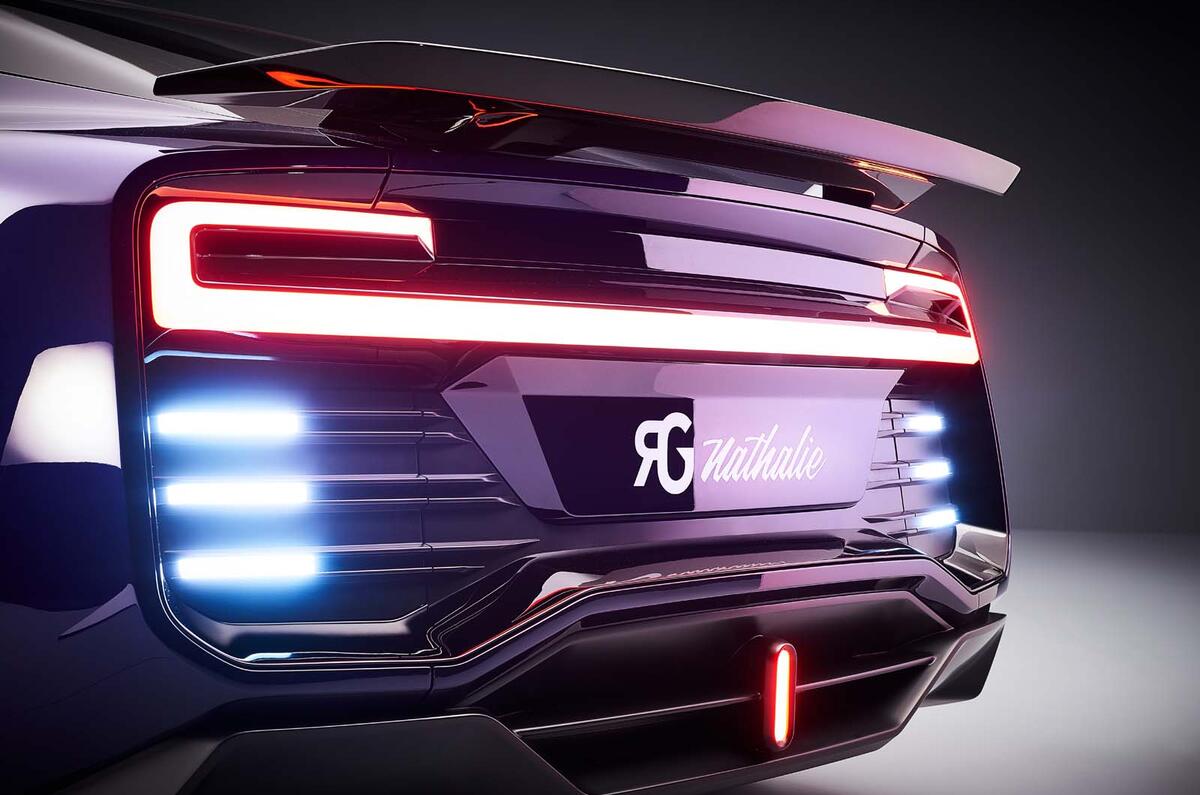
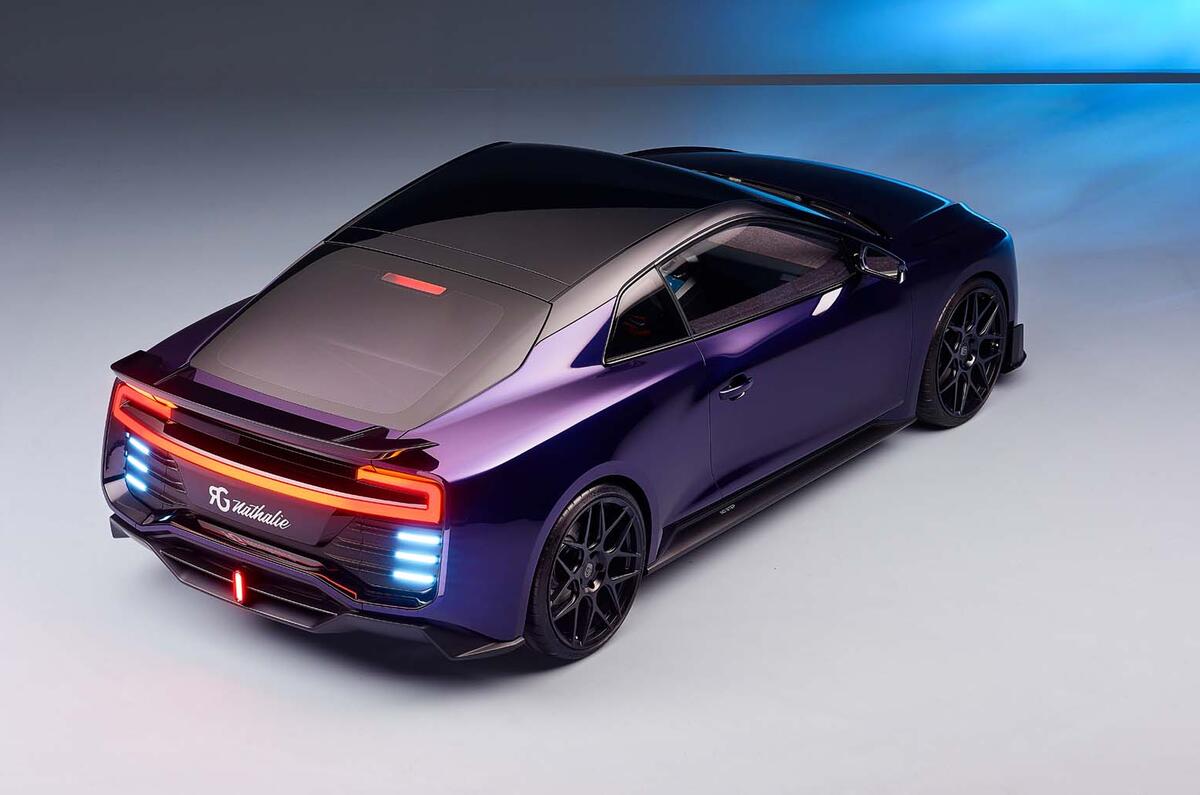
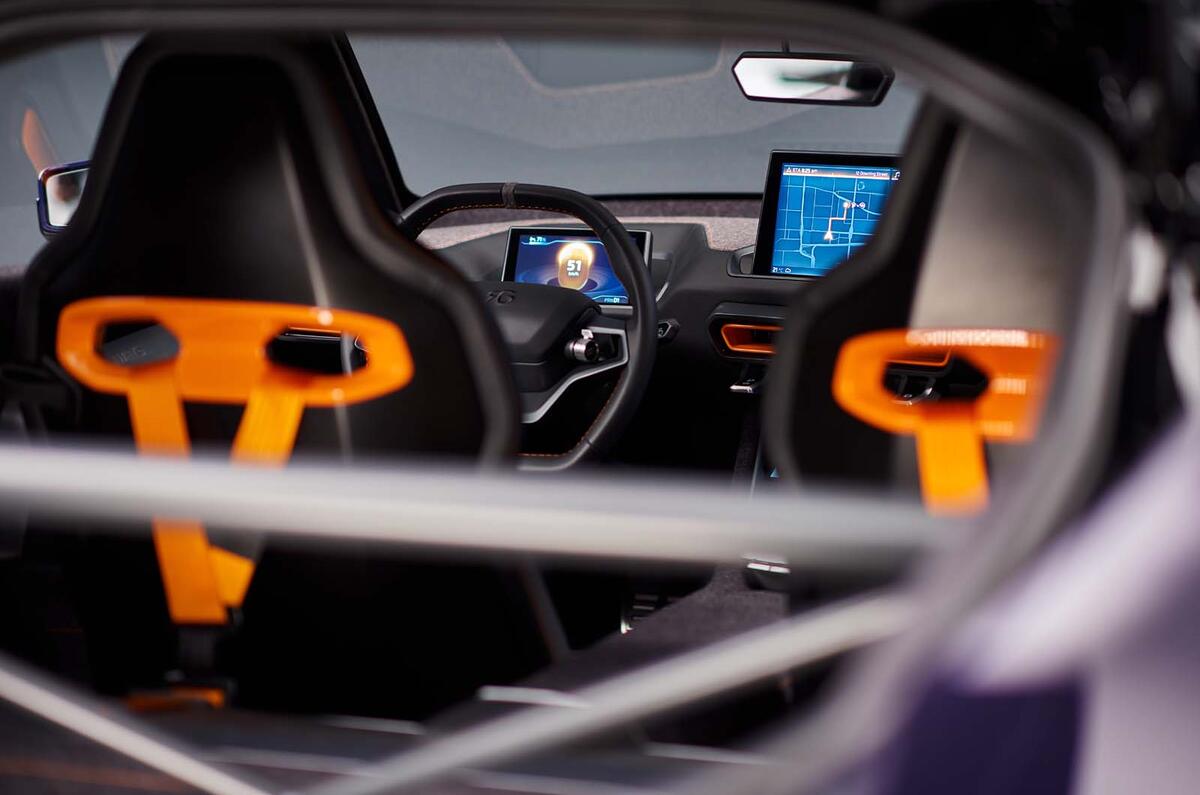
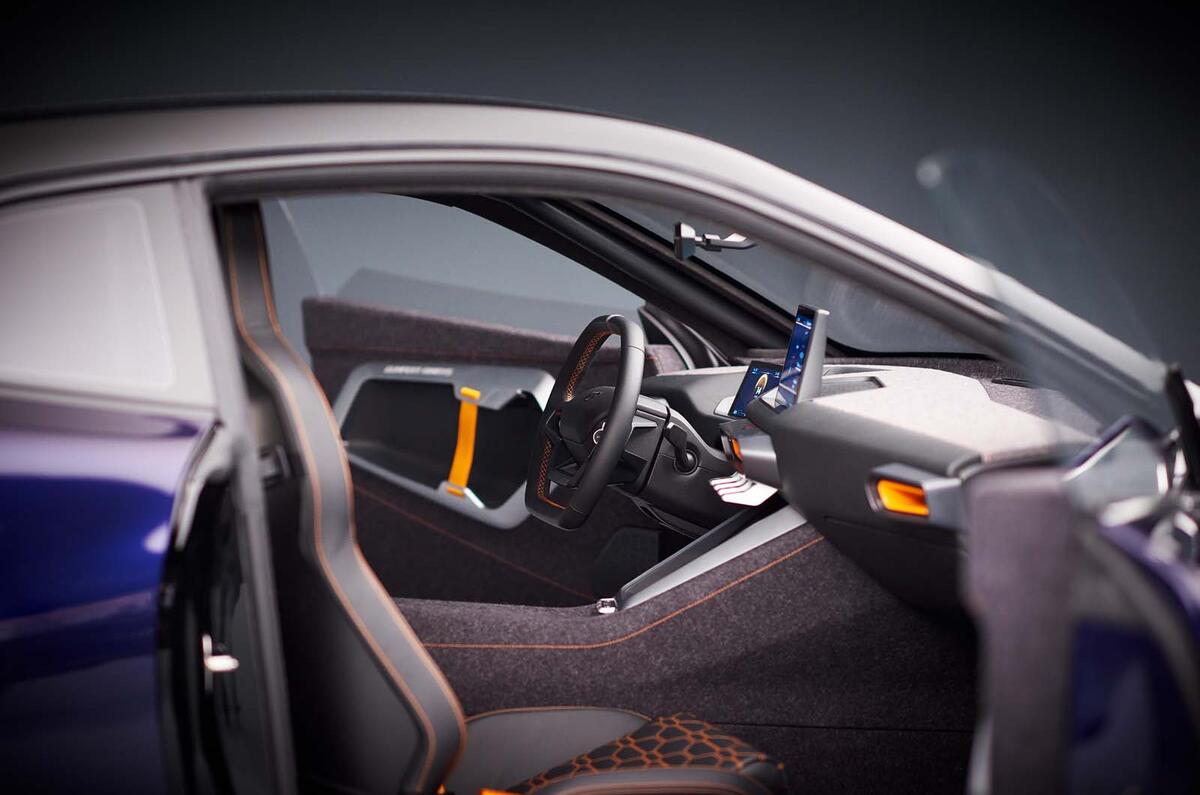
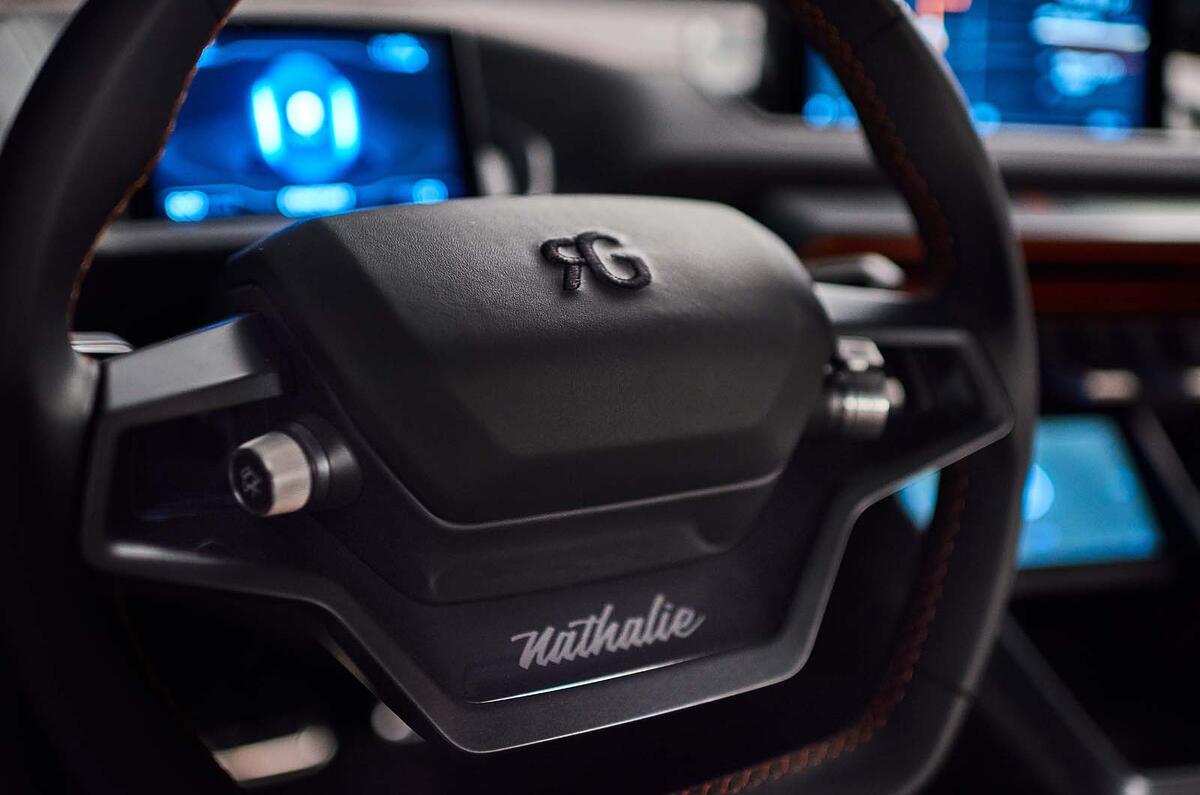
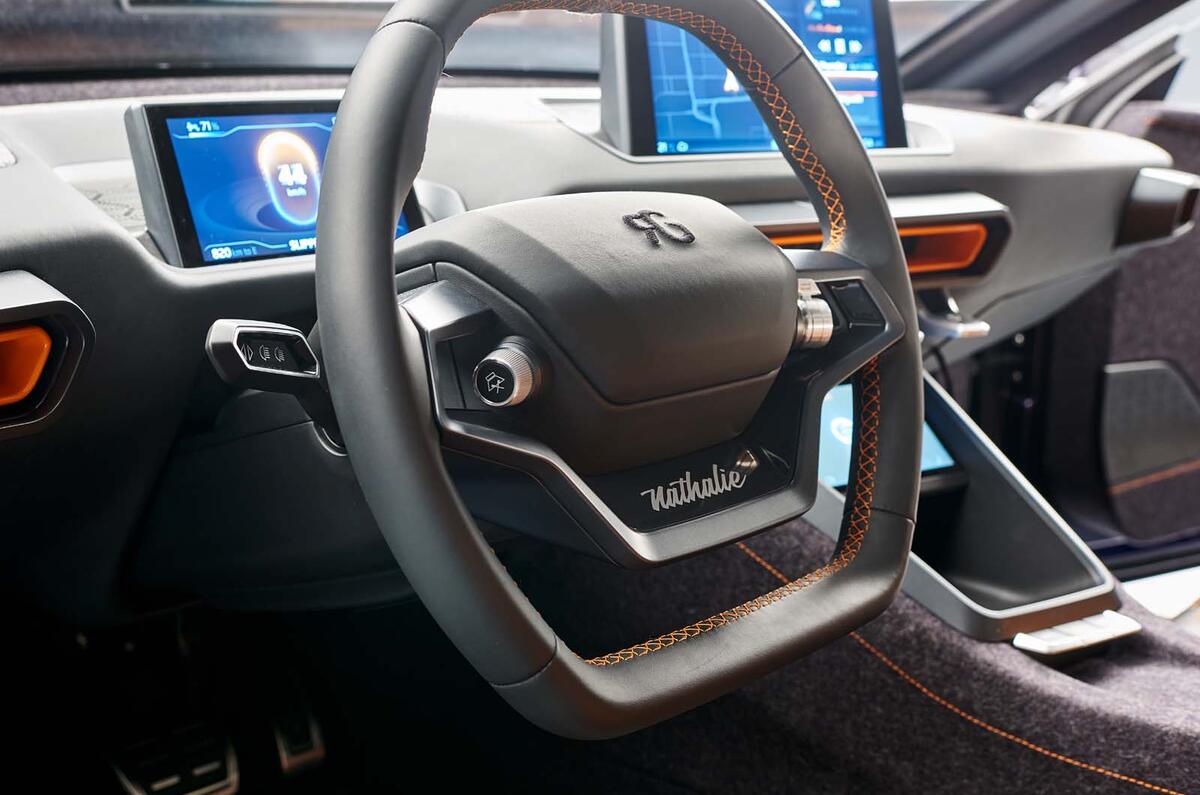
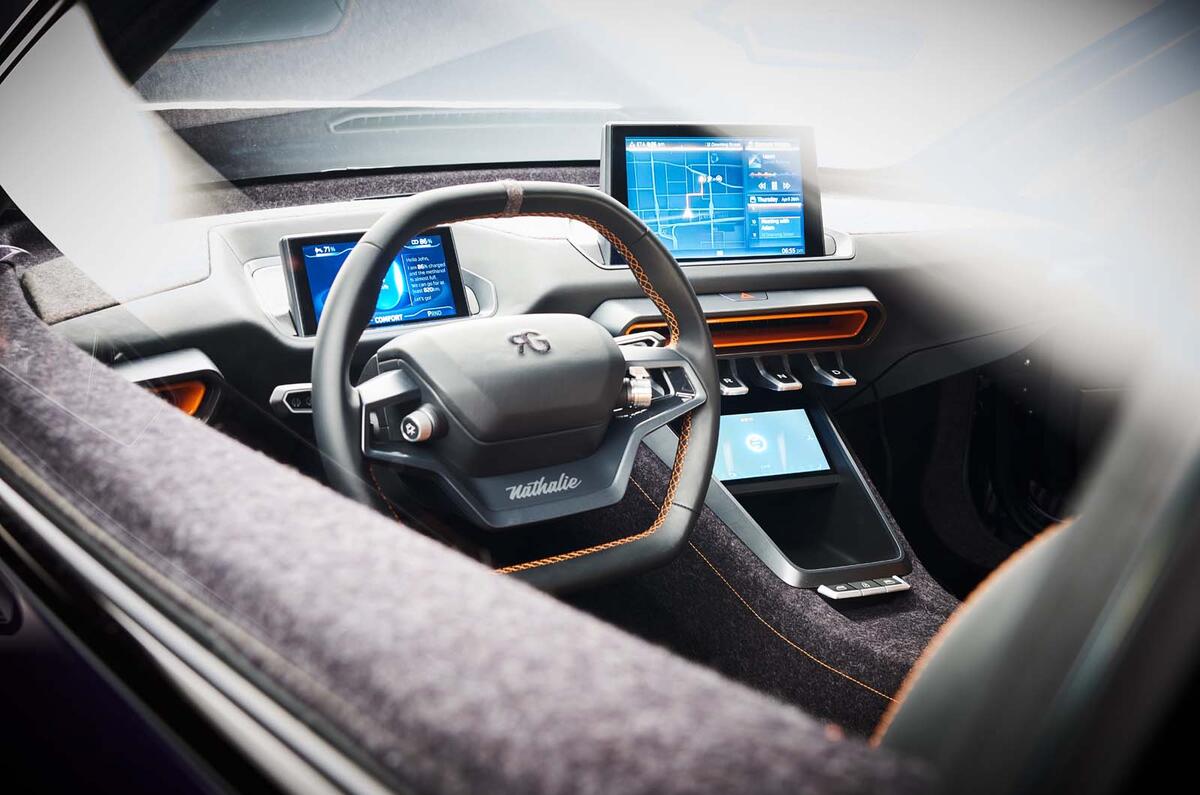

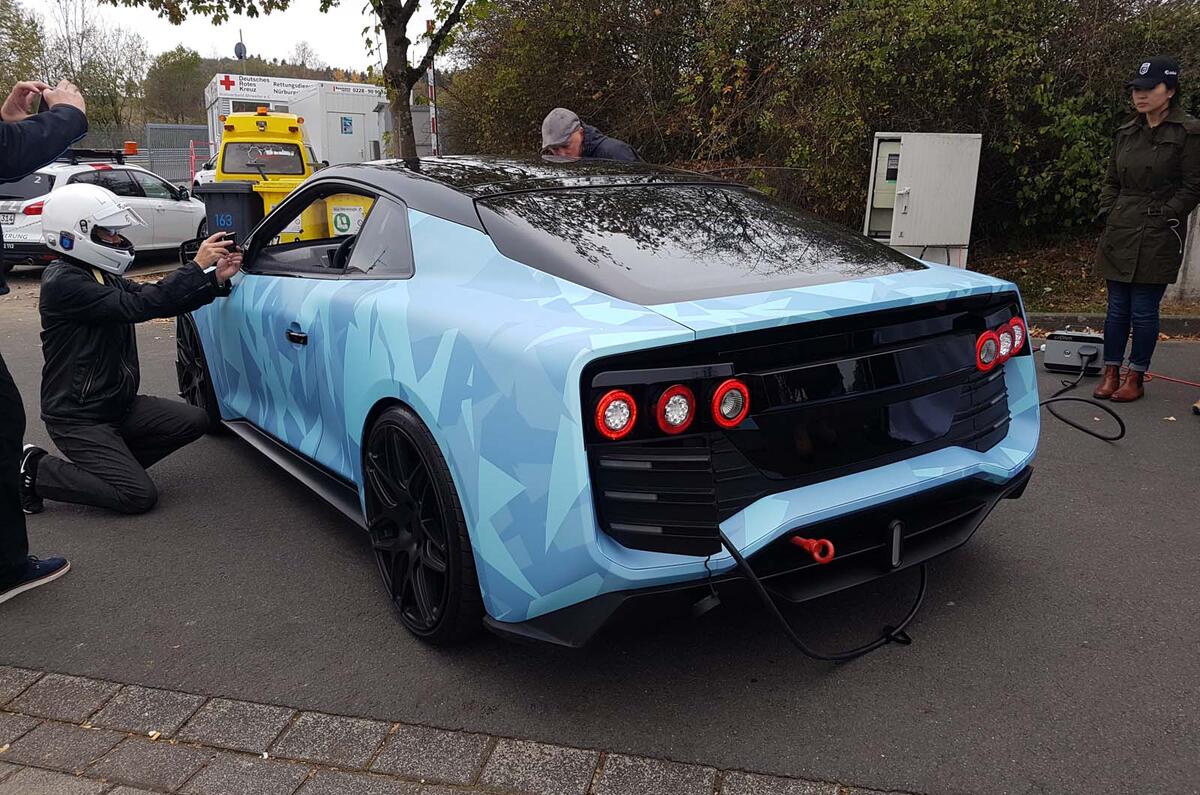
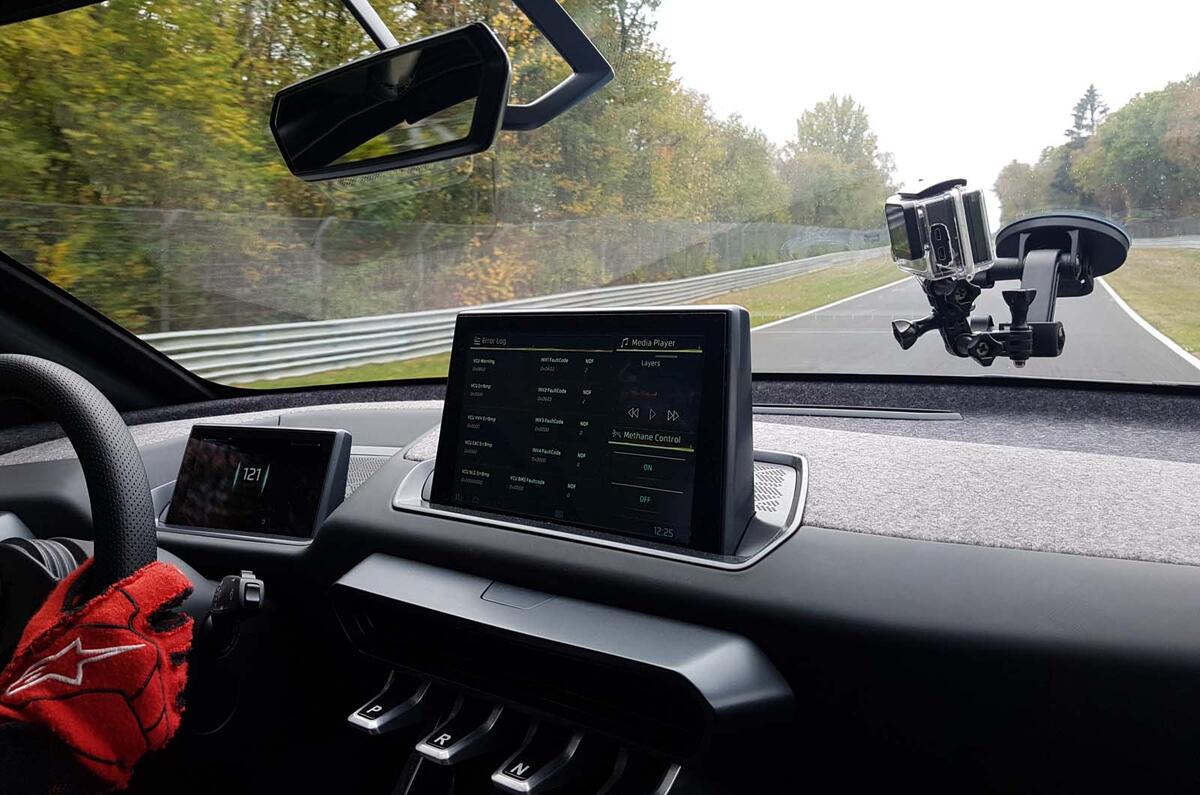
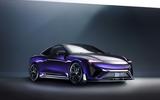
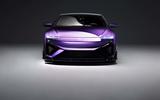
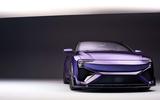
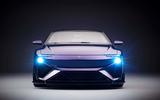
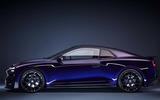
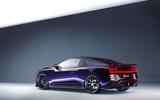
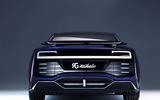
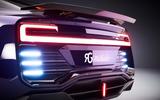
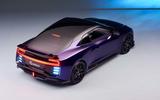
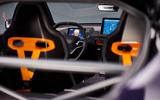

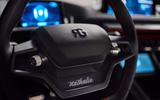
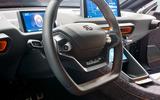
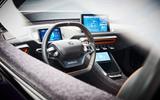
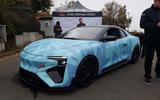
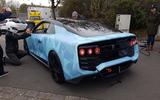
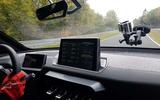


Join the debate
Add your comment
No need for a gearbox, you
The question is, do you really want to lug around a fuel cell, fuel tank and assorted paraphernalia just to void stoping for 15 minutes every 200-300 miles?
Lastly, compare the specs of this to the new Tesla Roadster, fuel cells have no place in passenger cars.
Um. No, typos1, I don’t think that’s right
It wouldn’t use less electricity at a lower motor speed. Gearboxes are only used to that effect on combustion cars because a more fuel efficient zone in the output matrix is found at lower engine speeds.
With an electric motor, it’s a straight forward equation: more current = more power and torque. That’s why they generate the same torque at zero rpm as they do at many thousands and why electric cars’ initial acceleration is so much faster than combustion cars.
And there’s only one place that current can come from: the battery. So battery consumption does not depend on motor speed.
In nearly all electric cars, there’s no gearbox. It wouldn’t help acceleration, which is limited (via traction control and current modulation) by the need to prevent tyre spinning.
The only case for a gearbox arises if you want to reduce the motor speed, to enhance longevity, and since million mile production Tesla motors on examination show negligible wear and are not fitted with gearboxes, there’s no need for the additional complexity and weight. Now this might arise in a car capable of extremely high speed - say 200mph.
Robbo
Interestng about the 2 speed
Interestng about the 2 speed gearbox, Tesla tried this with its roadster, but couldnt get ito work so locked one gear out, but it seems to me a good way of increasing range on EVs - once up to a cruise, engage top to use less electricity, just as you would in an ICE.